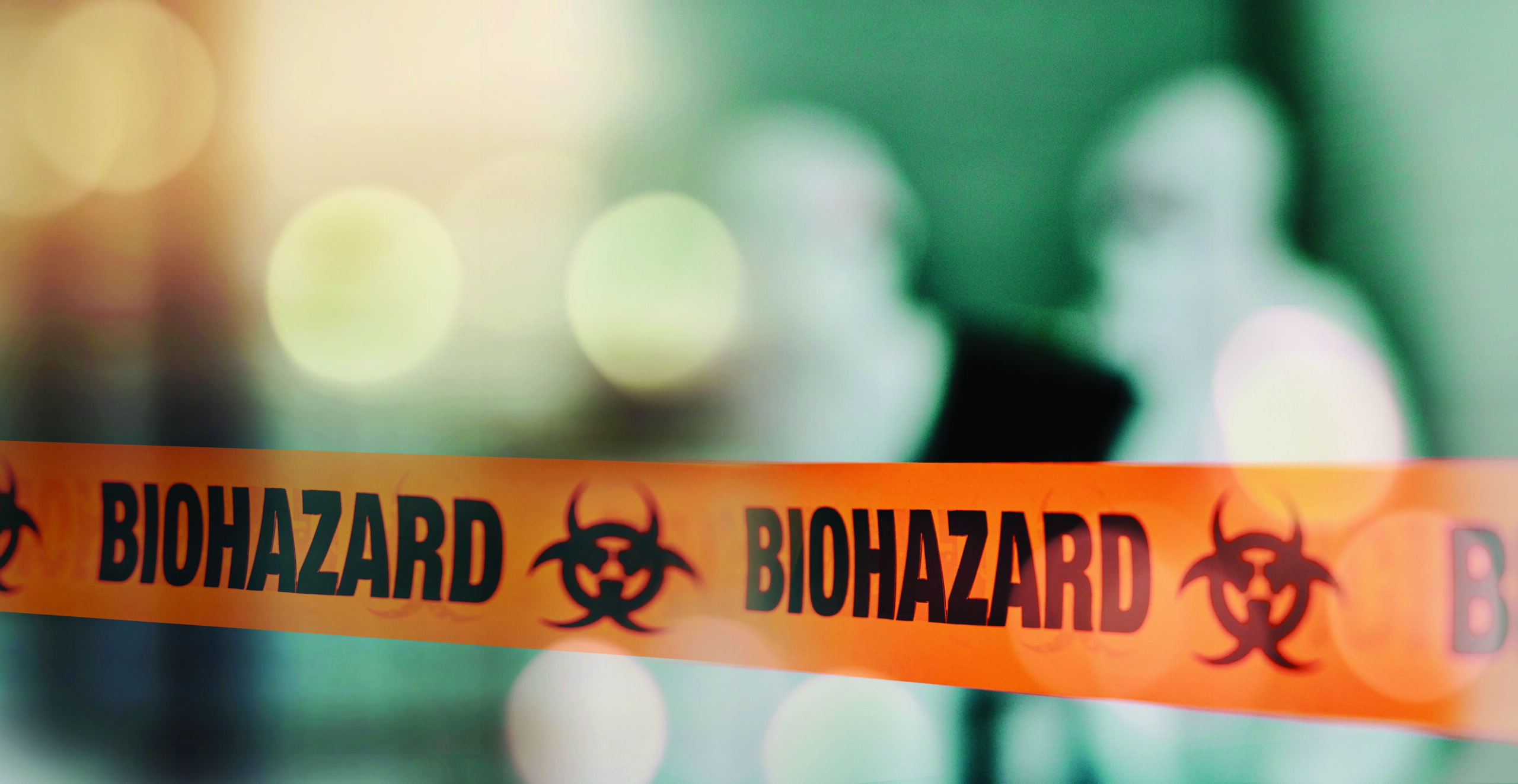North Carolina State University has recently found itself thrust into the spotlight due to a startling revelation during renovation work on Poe Hall, an education building on campus where many classes are held. While renovating a section of the building, environmental testing was done and discovered polychlorinated biphenyl (PCBs) levels 38 times greater than the acceptable standard by the Environmental Protection Agency (EPA). This discovery not only raised alarm bells but also shed light on a broader issue surrounding the historical use and subsequent repercussions of PCBs.
Poe Hall is formerly home to the education and psychology departments, with hundreds of undergraduate, graduate and doctorate-level classes held within its walls each semester. The building was closed in November of 2023 and is expected to be closed through the end of 2024 as additional contaminant testing is performed.
The History of PCB Usage in Building
Polychlorinated biphenyls are man-made chemicals that were once a commonly used compound because of their flexibility, durability and flame retardant properties. PCBs were manufactured and sold under many different trade names, with the most common being Aroclor. These chemicals were widely used in the 1950s, 60s and 70s but were ultimately banned in 1979 due to their link to cancer and other illnesses. Although no longer produced commercially, products and materials made before the 1979 ban are likely to still contain PCBs.
Illnesses Linked to PCBs
As awareness grows surrounding the detrimental effects of polychlorinated biphenyls (PCBs), the link between these toxic compounds and various illnesses is a significant area of concern. Some of the illnesses linked to a direct exposure to PCBs include (but are not limited to):
- Melanoma
- Breast Cancer
- Non-Hodgkin’s Lymphoma
- Leukemia
- Fertility Issues
- Neuro-cognitive disorders and conditions
- Immunotoxicity
- Decreased Immune Response
Monsanto Under Fire
In December of 2023, a Washington state jury ruled that Monsanto, a multinational agrochemical and agricultural biotechnology corporation, pay a staggering $857 million to former students and parents of a Seattle school who were made sick by PCB exposure. Monsanto is the company responsible for manufacturing and selling building materials containing PCBs used in the school and the same company that manufactured the materials used in Poe Hall.
The lawsuit alleged that Monsanto sold PCBs that did not contain adequate warnings and led to the development of serious illnesses within 7 people, 5 former students and 2 parent volunteers. The claimants suffered neurological, neurophysiological, endocrine and autoimmune issues after being exposed to chemicals at the school.
What Will Be the Legal Recourse for Those Affected?
The case of Poe Hall underscores the importance of holding those responsible for exposing individuals to hazardous substances accountable. Legal avenues offer a means for affected individuals to seek compensation for medical expenses, loss of livelihood and the profound physical and emotional toll inflicted by PCB exposure.
The detection of PCB contamination in Poe Hall serves as a powerful reminder of the lasting impact of these hazardous substances. It emphasizes the urgent need for strict regulatory measures, corporate responsibility and proactive initiatives to protect public health. By raising awareness, advocating for change and pursuing legal recourse, affected communities can work towards achieving justice and preventing similar harm in the future.








Leave A Comment